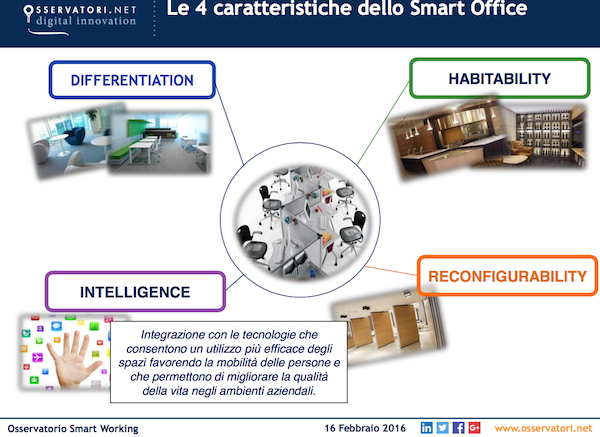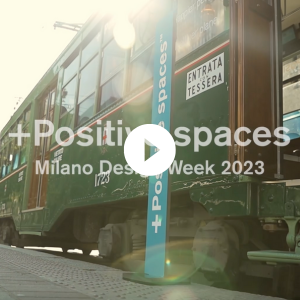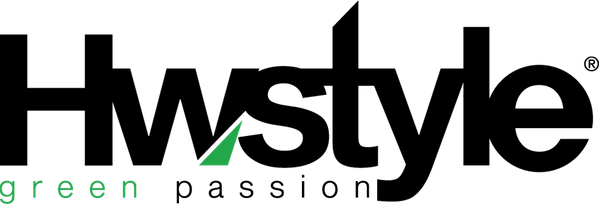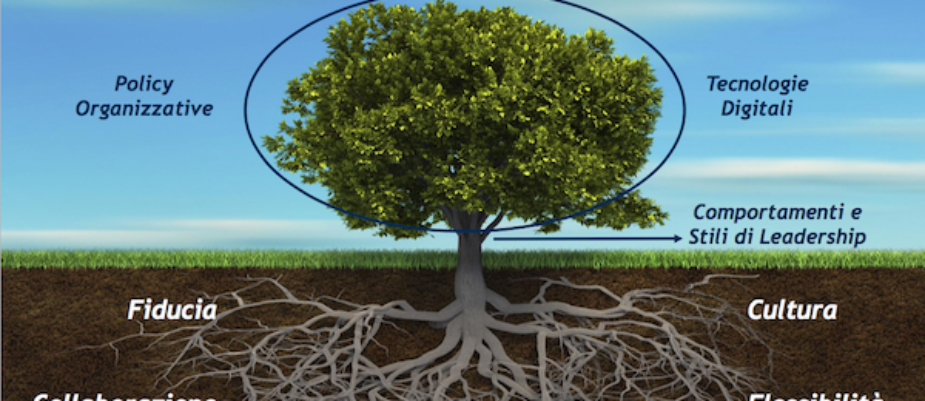
The meetings agenda at Isola WOW! Lavoro Agile 2016 (at Cozzi Swimming pool) included the seminar “Designing Smart Offices” in collaboration with Ordine degli Architetti di Milano. Here are the essentials of the opening speeches speeches by Renata Sias (editor WOW!) and Fiorella Crespi ( Osservatorio Smart Working). See also the article about the speeches by Alessandro Adamo (DEGW) and Pietro Fiorani ( Coca Cola)
Main steps to Smart Working.
The introduction by Renata Sias stressed the “agile “ origin of the office; as proved by the Latin word “bura” still living in etymology (bureaucratic, bureaucracy, bureau, etc): originally a cloth which the medieval merchant used to lay on the counter at the end of the day, to count the money and do all the paperwork.
In the following centuries that kind of agility has almost disappeared, especially in the industrial era and in the Taylorist office, as stressed in the “keywords” by Lewis Mumford in “The myth of the Machine”.
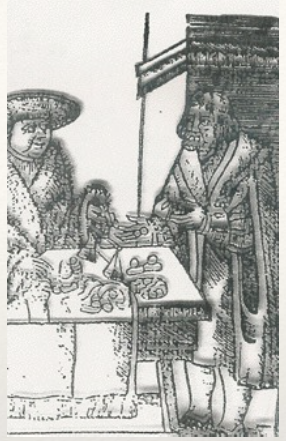
Even in its apparently more “fluent” forms, like Burolandschaft by Quickborner Group, which are not really flexible but meant as an assembly line of information.
New working procedures are made possible by technologies only by the end of the Seventies thanks to the Frank Duffy’s analysis (DEGW) and the “time variable” enters the workplace.
This concept underlies Stone and Lucchetti’s studies in 1984, for the first time they talks about Activity Based Office in the article “Your Office is where You are” on Harward Business Review.
This approach was later updated by the same authors in 2002 with the article “Our Office is where We are” that introduced the “Community Based Office” concept.
Now the office is a social meeting place, knowledge sharing and common growth and the smart office is based on three levers: optimized spaces for different activities, slant-tech, and change management aims to employers trust and wellbeing.
Bricks, Bits and Behaviour, as explained by Philip Vanhoutte of Plantronics in “The Smarter Working Manifesto”.
Four levers to support smart working.
Fiorella Crespi, resercher of School of Management POLIMI and director of Osservatorio Smart Working, after presenting the results of the OSW 2015 study, has gone into the subject of smart working levers and the importance to start consistent projects in four different fields of application:
Organizational policies (flexibility in time, places and use of devices)
Digital technologies (user friendly, to support Social Collaboration and “bring your own device” policies).
Layout (different and reconfigurable, according to the requested technologies and an effective use of space);
Behaviour and leadership styles (enabling the correct use of technologies, to create sense of belonging, flexibility and to feel responsible empower).
Smart working has undeniable benefits – for the company, people and society – yet their “dark side”, actual difficulties but even false myths, could make the process long and complex, as proved by the Coca Cola case study.

